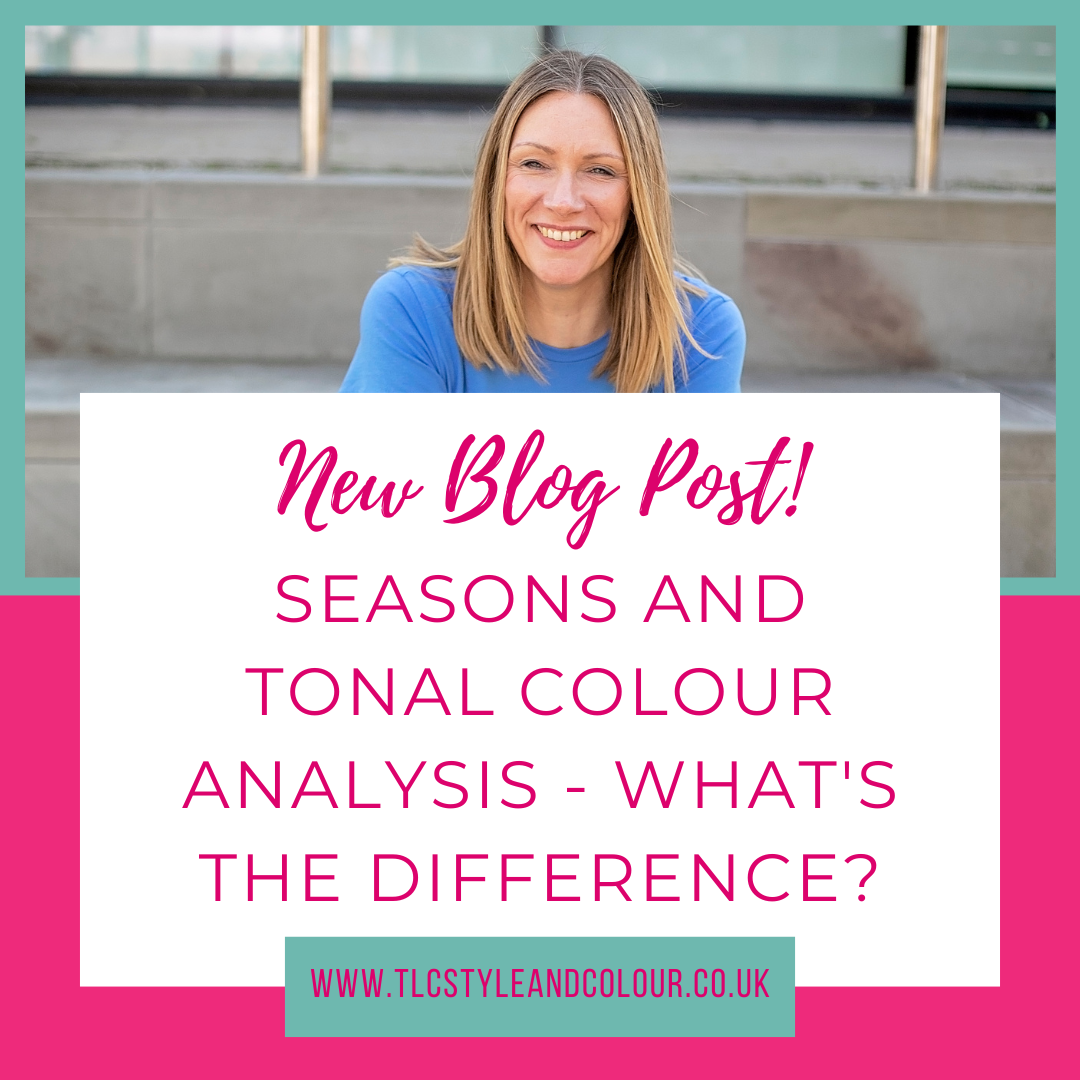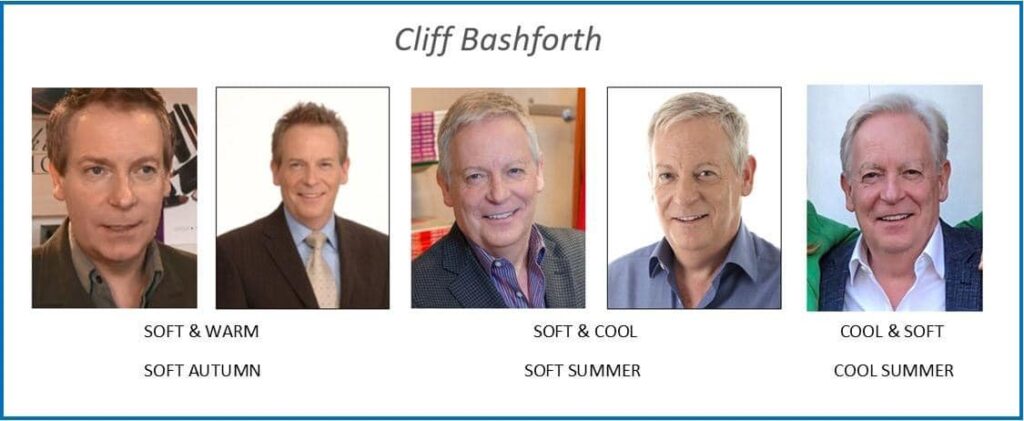When I first had my own colour analysis consultation, it was using a seasonal colour analysis system which I’ve spoken of previously. At the time, I was a ‘summer’, but I didn’t feel like it completely ‘fit’ me. It was only years later when I decided to train in colour analysis, that I discovered there were other methods of analysis. This introduced me to Tonal Colour Analysis through Colour me Beautiful, and I decided to train with them back in 2011. During my training, I felt like I finally understood why my seasonal analysis didn’t feel quite right for me.
Not everyone ‘fits’ in just one box, and as such both seasonal and tonal colour analysis remain popular today.
Last week I shared how to find clothes in your colours from a brand called Kettlewell. Revisit it here if you missed it.
It brought up a popular subject:
what’s the difference in the two systems?
Whilst this isn’t an exhaustive and detailed guide, I hope it serves as a simple explanation.
What’s worth remembering is that the aim under both colour analysis systems is the same – to identify the colours that will make you look your best. However, whichever method you choose, be sure to do your research to find an experienced professional Colour Analysis Consultant that you feel happy and comfortable with.
The difference between the two main systems is how the analysis is carried out.
seasonal system
Your skin tone and eye colour will determine if you are warm or cool. When you’re warm, you’ll either be a spring or autumn. If you’re a cool then you’ll be either a summer or winter.
Each of the four seasons has a quadrant on the colour wheel. This is usually what you find online with the spinning wheels and filters. Some seasonal colour consultations include a sub-set based upon your individual clarity and depth to determine your ‘wow’ colours.
tonal system
Under this system, your overall features are assessed together – your skin tone, eye colour and your hair colour. (I’ve talked about the importance of your hair colour previously here.) By assessing your overall features, a colour consultant will determine your most dominant characteristics (because it’s not always your skin tone) to determine your ‘dominant’ or ‘core’ colouring type. This tonal method of analysis is more descriptive and based upon the Munsell Colour theory (covered previously).
Your ‘dominant’ colouring type is one of six (light, deep, warm, cool, clear, soft), rather than one of four seasons. It is refined further with 24 possible categories to incorporate your ‘sub-dominant’ features and your secondary and tertiary traits.
I still meet people who struggle with colour analysis. Often it’s because none of the seasons feel quite right for them. They find that when they wear the colours for that season, they don’t always flatter them so they don’t look their best. Like me, they don’t ‘fit’ neatly in the seasonal box.
Examples of seasons vs tonal

This is Lisa.
Under the seasonal system, she is an autumn and she’s got many corresponding features which ‘fit’ the autumn quadrant.
However, some shades within the autumn palette, really are too intense and rich for her.
Under the tonal system of analysis, Lisa is a warm, soft and light colouring type.
Her hair is her dominant feature which has warmth to it, making her dominant colouring type warm. With Lisa’s skin and eye colour, the softer and mid-depth variations of the warmer colours compliment her better. Soft and light are her sub-dominant features making up her colouring type.
 This is Josey.
This is Josey.
She is a winter in the seasonal system.
Josey found that many of the very vibrant colours of the winter palette to be too overwhelming and the icy colours much too draining when worn on their own.
Under the tonal analysis system, Josey is a cool, soft and deep.
Her salt-and-pepper coloured hair has lost the warmth and depth this coupled with the rosy-ness to her skin makes her dominant colouring type cool.
As her features are less defined, lowering the intensity of some of her colours means they flatter her overall features. Soft and deep are her sub-dominant features making up her colouring type.
A tonal analysis is a different approach to the seasonal system, but it’s more refined. There are no wow colours, because the colours are fine-tuned to match your features. You’re shown how to wear your shades of colours rather than what colour to wear.
Once you’ve experienced the magic of a colour analysis, you won’t look back!



